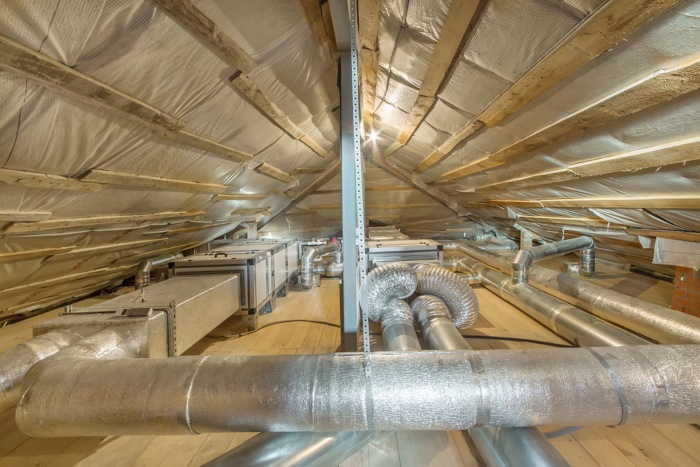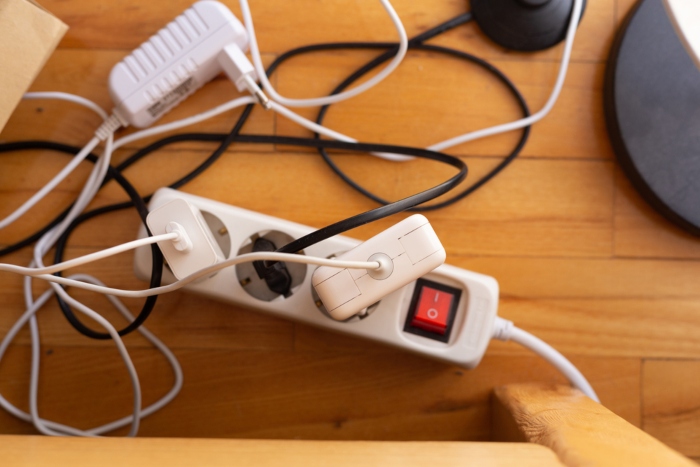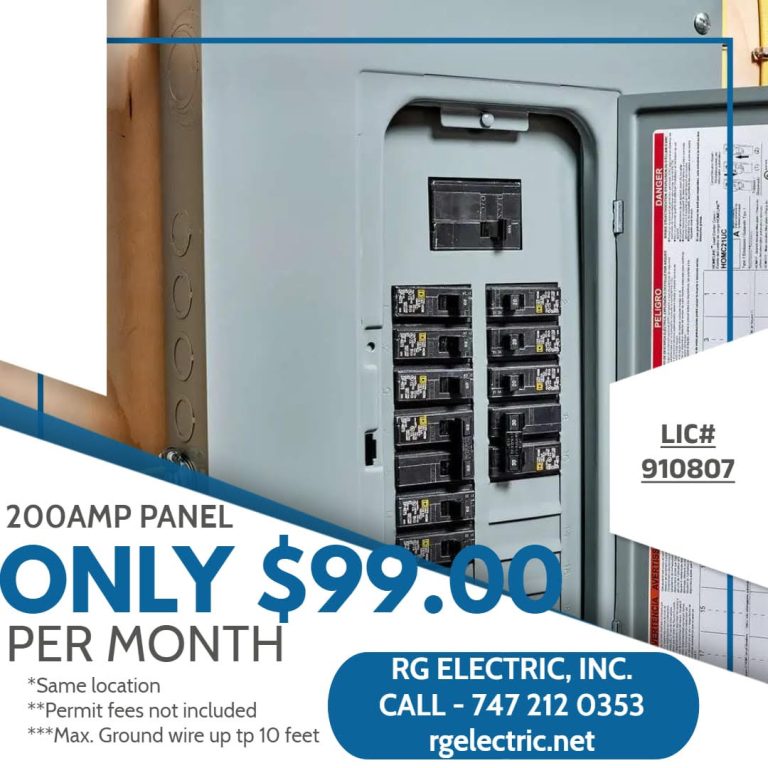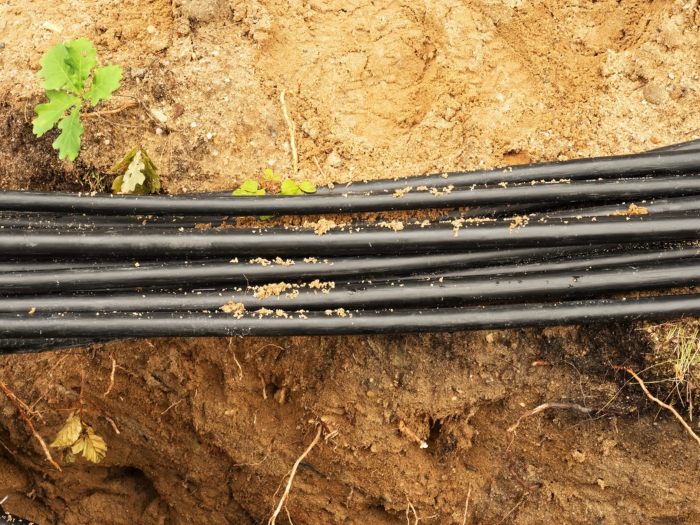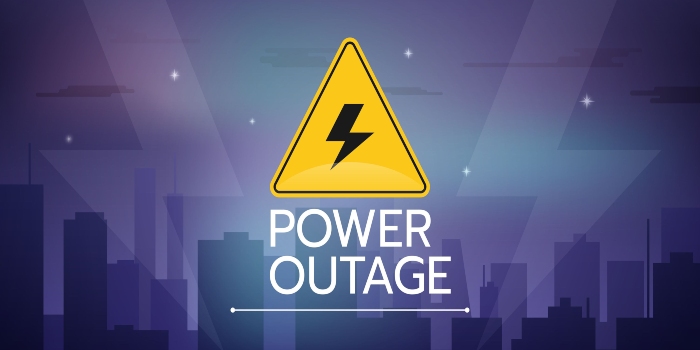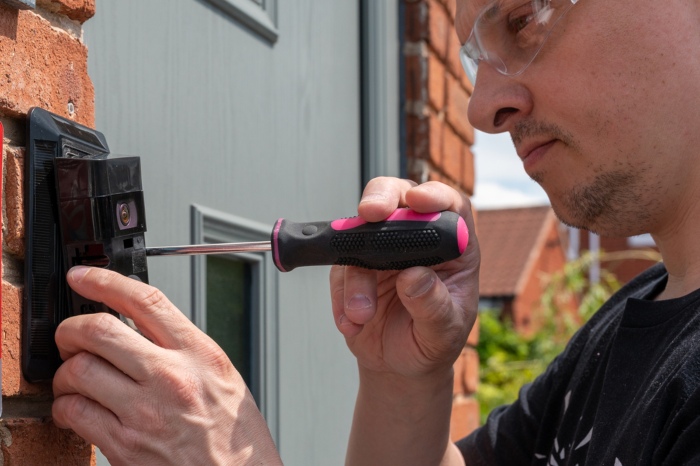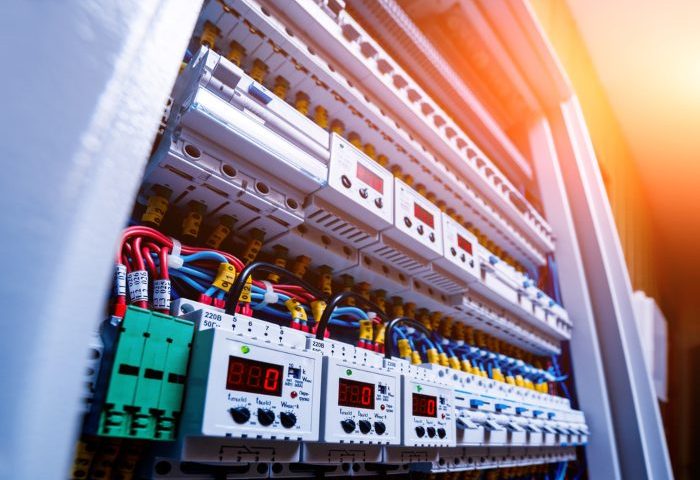
How to Wire a Subpanel
Whether you need to extend the wiring for space, convenience, or efficiency, knowing how to wire a subpanel is crucial.
At RG Electric, we don’t recommend doing this job without at least consulting your local electrician. After all, installing a subpanel assumes not only technical aspects but also meticulous planning, like load considerations. For example, you should know how to determine the correct size capacity of the subpanel. Also, different setups are possible depending on where you are going to place a new electrical panel.
How to Wire a Subpanel Yourself
Wiring a subpanel is a complicated task, yet follow the steps if you still want to proceed.
Install your subpanel near the main panel
Fasten a panel against the wall or surface with a screwdriver about 5 feet from the main service panel. Figure out the distance for wires to pull from the main panel to the subpanel. Then, remove the knockout slug on the side of the panel with a hummer.
Place the connector into the hole and clamp it firmly
After removing the knockout slug, insert the metal connector into the slot to put it through your 4-wire feeder cable. The same you should do with the main panel. Make sure that it is firmly attached as movements within electrical installations often cause faults, insulation failure, and fire.
Connect main panel feeder cable to the subpanel
The cable has four wires inside – a black wire, red wire, white wire, and bare metal wire. With the main panel door open, slide the cable through the knockout hole on the main service panel and run it through the knockout slot in the subpanel. Remove the sheathing with a knife to expose 4 wires.
Connect four wires in the main panel and subpanel
All four wires have to be connected in the respecting bars in the main panel and subpanel and screwed to secure them. Next, attach the black and red wires to the hot bus bars, the neutral wires to the neutral bars, and the ground wires to the ground terminals.
What You Need to Know About Wiring a Subpanel
- Shut off the power;
- Even when the main switch is off, the main breaker lugs remain hot;
- A neutral wire is only needed for 120V single-phase circuits, GFCI/AFCI circuit breakers, and GFCI outlets.
- Avoid installing two GFCI or AFCI breakers on both panels as it can cause unnecessary tripping;
- The optimal distance between the main panel and subpanel is up to 140 feet. Otherwise, it’s better to connect the ground to the nearest ground wire instead of running a long cable to the subpanel.
- When installing a subpanel, it’s always more efficient to install at least a 12-slot circuit breaker panel.
National Electric Code (NEC) for Subpanels
- All electrical panels should have at least 36 inches of clearance, 30 inches of clearance across the face of the panel, and at least 78 inches above the floor from the top edge of the panel.
- A panel must be placed in a dry and easily-accessible place.
- A service panel must be mounted in a location that doesn’t pose the risk of fire hazard and never attached in areas with moisture like a bathroom, etc.
- Using a 30A breaker for 20A outlets and switches is not allowed;
- Use only solid copper wire of the appropriate gauge size.
Tools You Need to Wire a Subpanel
- Voltage Tester
- Safety gloves
- Screwdriver
- Hammer
- Flashlight
- Pliers
- Mounting screws
- Subpanel
- Cables and breakers
Call an Electrician Contractor to Wire a Subpanel
Doing your own electrical work is dangerous. We have mentioned some safety tips, but this is not complete information. Besides, you will have to obtain a special permit to do this work. But instead, you can call a licensed Los Angeles electrician from RG Electric to:
- Find out if your main panel service has enough load capacity to power a new subpanel;
- Help you determine the circuits to be powered by the subpanel;
- Use the suitable cable and wire and find the right gauge size for the cables and conduit.
Our expert electricians have good practice in performing electrical repairs and installations. So don’t hesitate to call us if you need assistance with an additional electrical panel.


 Call (323) 5215131
Call (323) 5215131

